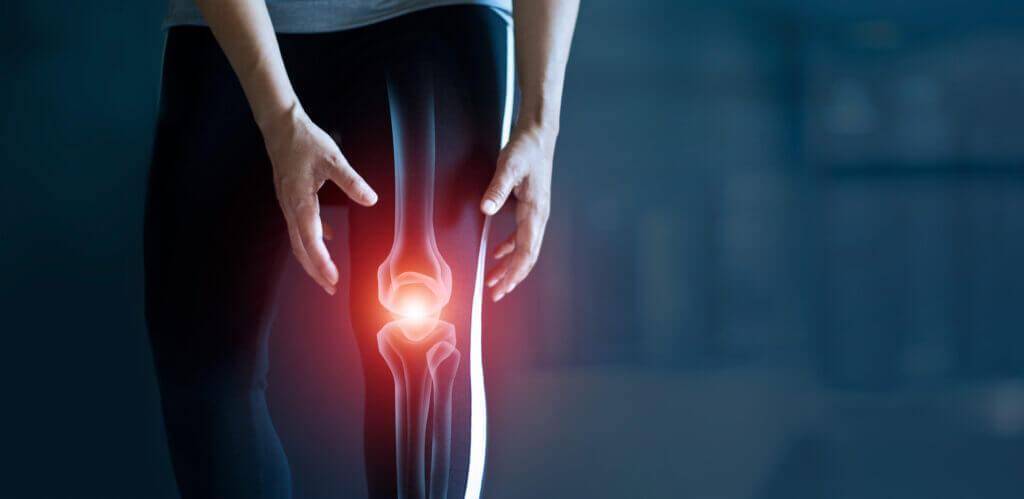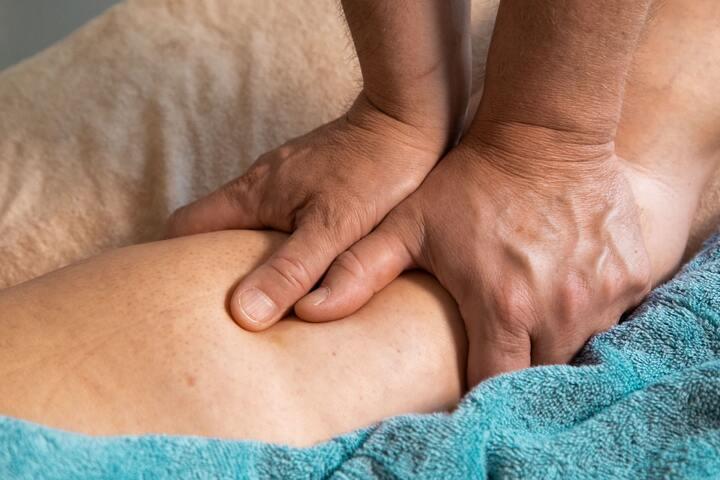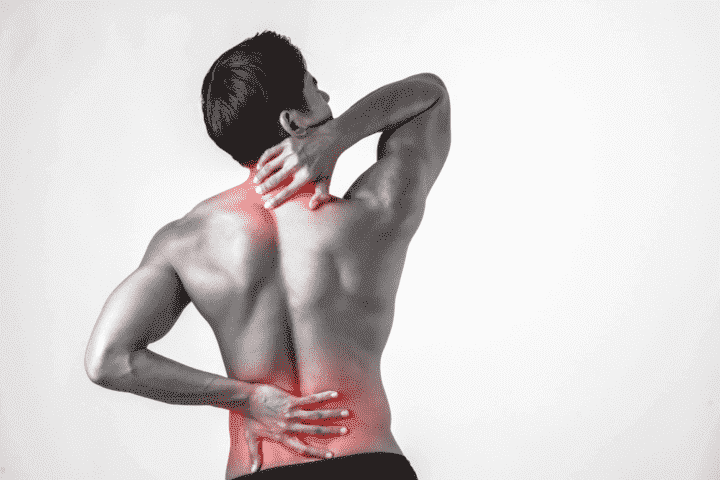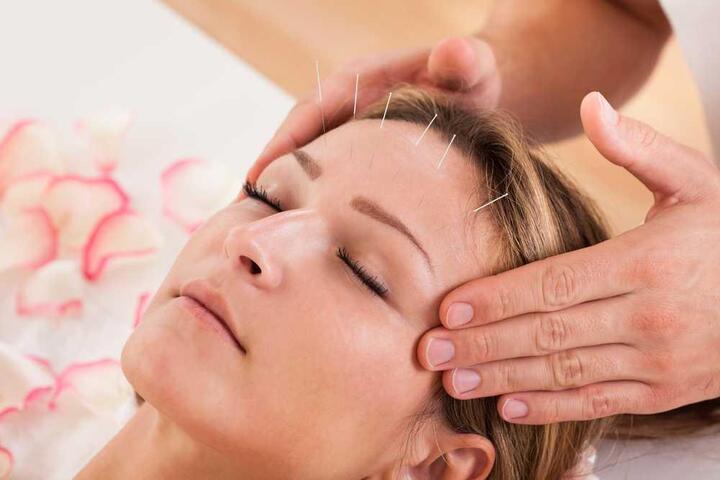
Understanding the Impact of Poor Posture in Modern Society
The impact of poor posture in modern society is multifaceted and extends beyond mere discomfort. Prolonged sitting and looking at screens are common causes of poor posture, with the modern lifestyle often involving long hours of sitting, leading to a sedentary routine that can adversely affect posture. For instance, individuals working in office settings or engaging in desk-bound activities for extended periods are particularly susceptible to developing poor posture due to the nature of their work. Moreover, the prevalence of digital devices has contributed to increased instances of poor posture, as individuals frequently hunch over screens for extended periods, further exacerbating postural issues.
The consequences of poor posture are not limited to physical discomfort. Improper spine posture has been identified as the leading cause of early onset osteoarthritis, underscoring the seriousness of the problem. This emphasizes the critical importance of addressing and rectifying poor posture to mitigate potential long-term health complications. Furthermore, the manifestation of poor posture can lead to chronic slouching, hip tilting, rounded shoulders, and other symptoms, ultimately impacting an individual’s overall well-being, including their confidence, mobility, and mental well-being. This comprehensive understanding of the impact of poor posture underscores the necessity of effective interventions to improve posture for overall health and well-being.
Exploring the Role of Chiropractic Care in Posture Improvement
Chiropractic care plays a crucial role in addressing the impact of poor posture in modern society. Prolonged sitting and looking at screens have become ubiquitous in today’s lifestyle, leading to a rise in poor posture and its associated health concerns. Improper spine posture is not just a matter of aesthetics; it is the leading cause of early onset osteoarthritis, highlighting the severity of the issue and the urgent need to address it. Bad posture can manifest in chronic slouch, hip tilting, rounded shoulders, and other symptoms, affecting overall well-being and quality of life.
Chiropractic adjustment, also known as spinal manipulation, is a cornerstone of chiropractic care and is instrumental in addressing these posture-related concerns. By employing manual pressure or specialized instruments, chiropractors can realign the spine, relieve tension in muscles and joints, and promote better posture, thereby contributing to overall posture improvement and alleviating discomfort. In addition to spinal adjustments, chiropractors also provide muscle and joint therapies, postural education, ergonomic recommendations, and personalized exercise regimens to support posture enhancement. These holistic and tailored approaches are aimed at not just symptom management but also at addressing the root causes of poor posture, ensuring sustainable improvements in postural alignment and overall well-being. With the guidance of chiropractors, individuals can gain the necessary knowledge and tools to actively participate in their posture improvement journey, thus fostering long-term benefits for their health and quality of life.
The Process of Chiropractic Care for Posture Enhancement
When a patient seeks chiropractic care for posture enhancement, the process begins with a comprehensive examination conducted by the chiropractor. This examination involves a detailed review of the patient’s medical history and a thorough physical assessment to evaluate posture, range of motion, and muscle strength. Through this meticulous examination, the chiropractor gains valuable insights into the individual’s specific postural concerns and related musculoskeletal issues, enabling them to develop a personalized treatment plan tailored to address the unique postural needs of each patient.
In addition to the physical assessment, the chiropractor performs a spinal assessment to identify potential misalignments or tension, evaluates joint range of motion, and analyzes posture for imbalances. This multifaceted approach allows the chiropractor to accurately diagnose postural issues and develop targeted treatment strategies. By addressing misalignments and imbalances, chiropractors aim to restore optimal spinal function and alleviate discomfort associated with poor posture.
Furthermore, chiropractors are trained to recognize situations where a patient’s condition may require further medical attention, and they can make appropriate referrals to other healthcare professionals for additional evaluation and management. This collaborative approach ensures that patients receive comprehensive care, addressing both their postural concerns and any underlying medical issues. Therefore, the process of chiropractic care for posture enhancement is not only focused on addressing immediate concerns but also encompasses a holistic approach to the individual’s overall well-being and musculoskeletal health.
Tailored Chiropractic Treatments for Posture Improvement
TruSpine’s specialized chiropractic care in San Francisco, CA, is tailored to meet the unique needs of individuals seeking posture improvement and overall well-being enhancement. Their integrated approach to chiropractic care and acupuncture allows for personalized treatment strategies that target the root cause of discomfort, fostering lasting relief and sustainable postural enhancement.
For example, a patient experiencing chronic back pain due to poor posture may benefit from a combination of chiropractic adjustments, Graston Technique, and Active Release Technique at TruSpine. These specialized treatments are designed to realign the spine, alleviate tension in muscles and joints, and promote improved postural alignment, contributing to enhanced overall well-being. This comprehensive approach aims not only to address the immediate symptoms but also to provide long-term benefits by correcting posture-related issues and promoting holistic wellness.
TruSpine’s commitment to personalized care and specialized techniques underscores their dedication to improving posture and overall health. By offering a range of therapies tailored to individual needs, TruSpine strives to empower their patients to achieve lasting relief and sustainable postural improvement. For those seeking posture-enhancing chiropractic care, TruSpine’s specialized treatments and personalized approach provide a compelling opportunity to embark on a journey towards better posture and overall well-being.
The Comprehensive Benefits of Chiropractic Care for Posture Correction
Chiropractic care offers a wide range of comprehensive benefits for posture correction, addressing both the physical and emotional aspects of an individual’s well-being. One of the key benefits of chiropractic care is its ability to reduce pain associated with poor posture and to address muscle imbalances and weakness. For example, individuals experiencing chronic back or neck pain due to poor posture can benefit from chiropractic adjustments, which help realign the spine and alleviate discomfort. These adjustments, combined with targeted muscle and joint therapies, can contribute to improved posture and reduced pain, ultimately enhancing the individual’s overall quality of life.
Moreover, chiropractic care plays a pivotal role in promoting long-term postural health and overall well-being by offering individuals the opportunity to enhance their quality of life. By addressing the root causes of poor posture and providing personalized treatment plans, chiropractors can empower individuals to make lasting changes to their posture and overall physical health. In addition to physical adjustments, chiropractors also provide guidance on lifestyle modifications, ergonomic recommendations, and postural education to support sustained postural benefits. This comprehensive approach ensures that individuals not only experience immediate relief but also continue to reap the long-term benefits of improved posture and overall well-being.
Furthermore, the holistic nature of chiropractic care extends beyond physical adjustments, influencing an individual’s self-confidence, body image, joint function, mobility, mood, and mental well-being. For instance, individuals who have undergone chiropractic care for posture correction often report feeling more confident, experiencing improved mobility, and enjoying an uplifted mood. These emotional and psychological benefits demonstrate how chiropractic care transforms lives through improved posture and comprehensive well-being, highlighting the significant impact it has on individuals beyond physical health. Therefore, chiropractic care offers a multifaceted approach to posture correction, addressing both the physical and emotional aspects of an individual’s well-being, ultimately leading to a transformative impact on their lives.
Transforming Lives Through Improved Posture and Chiropractic Care
Chiropractic care, particularly at TruSpine in San Francisco, CA, provides a holistic approach to posture correction and overall well-being, offering individuals the opportunity to enhance their quality of life and overcome discomfort associated with poor posture. Through specialized chiropractic care, acupuncture, and a range of integrated therapies, TruSpine is dedicated to addressing various health concerns and fostering lasting relief like back pain treatment.
For those seeking effective solutions for posture improvement and overall well-being, TruSpine offers personalized treatment strategies tailored to target the root cause of discomfort, thereby facilitating sustained postural enhancement. The comprehensive approach at TruSpine allows individuals to not only address their immediate discomfort but also prevent future posture-related problems, contributing to long-term postural health and overall well-being. Therefore, chiropractic care at TruSpine not only aims to correct posture and improve spinal alignment but also focuses on transforming lives by enhancing self-confidence, body image, joint function, mobility, mood, and mental well-being. To explore posture-enhancing chiropractic care at TruSpine in San Francisco, CA, and discover the transformative benefits of comprehensive chiropractic interventions, individuals are encouraged to visit the website for more details.
Trusted Chiropractic & Acupuncture Office in San Francisco, CA
Improving your posture is a crucial aspect of maintaining overall health and reducing the risk of musculoskeletal issues. At Truspine, we’re committed to helping you achieve optimal health through our chiropractic care services. We believe in the power of holistic care and its role in enhancing your life quality. Whether you’re dealing with postural problems, chronic pain, or just looking to improve your general wellness, our chiropractic & acupuncture office is here to help. Don’t let poor posture dictate your life. Take the first step towards a healthier, happier you. Contact us today to schedule your appointment and start your journey to better posture and improved wellbeing. We can’t wait to welcome you to the Truspine family!
Truspine
150 Lombard St Ste 2, San Francisco, CA 94111
(415) 421-1115















